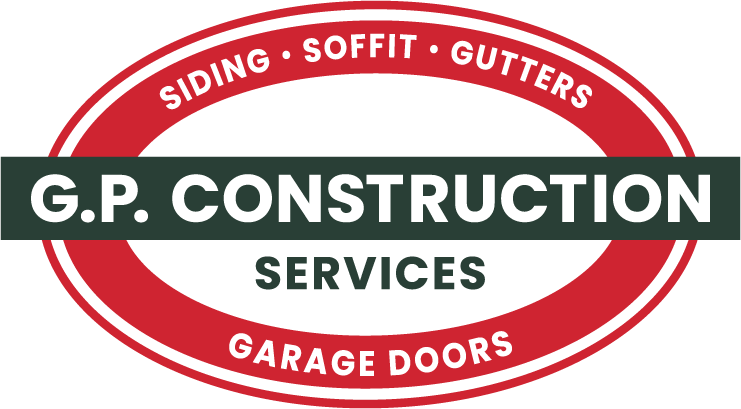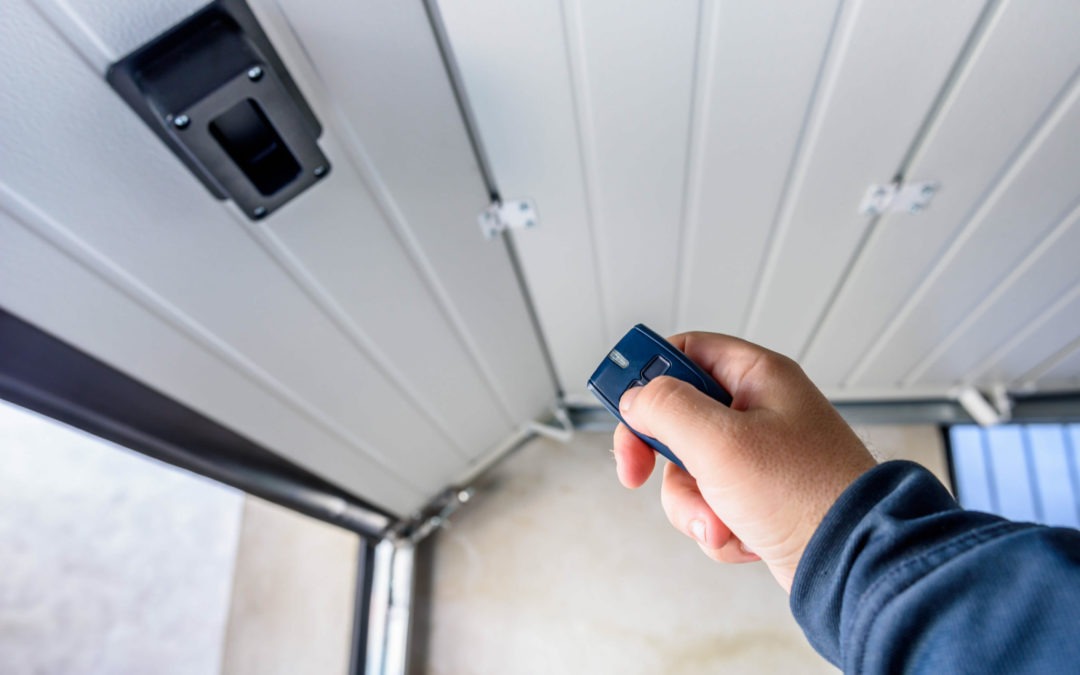There are many potential causes of your garage door failing to work correctly. If your garage door does not fully open, you may need to replace it in part or entirely. To fix a garage door that is not opening, call a reputable garage door company familiar with the manufacturer of your door. Start by garage door troubleshooting and try to figure out the problem yourself potentially. Here are some of the common garage door issues and what to do about them.
Inspect Remote
Automatic garage doors are operated through a wall-mounted panel or remote control. To open your garage door, all you have to do is press a button on the panel or the remote control. The remote control transmits a signal to the garage door opener to open or shut the garage door.
If your garage door doesn’t open, your remote may be malfunctioning. How to troubleshoot a remote control:
- The garage door sensor on your remote control may be out of range.
- The antenna may be damaged, or the signal may be obstructed.
- Replace the batteries but remember that changing the battery may require resetting the remote.
- The garage door remote must be programmed.
- Install a garage door app on your phone.
- If the lock function is flashing on your door control panel, press and hold the “lock” button. To reactivate the lock function, just press and hold the “lock” button.
- Look at the wiring if the remote control and wall-mounted panel work, but the garage door won’t open. Disconnect the opener’s two wires from the motor. Reconnect the power and reprogram the remotes.
Check If The Door Is Misaligned
When the automatic garage door opener is activated, the cables move the door physically while the strings regulate its pace. The metal rails keep the garage door in line and aid in the operation of the mechanism. Garage door tracks must be straight and even at all times in order for the garage door to open and shut properly.
A misaligned door that jerks or produces grinding sounds may have come loose from its track. As the misalignment increases, the garage door may eventually stop functioning entirely.
To check the garage door track alignment:
- Forcing the garage door may distort the vertical tracks and pop it out. Be cautious to avoid damaging yourself or your property.
- Check the door’s motion. Look for curves, gaps, and obstructions. A misaligned track may be the cause of friction or jams.
- Adjust the track yourself. Close the garage door fully before adjusting the track. Turn off your garage’s automated function for additional security.
Is the Photo-Eye Obstructed?
The majority of garage doors manufactured in the last 15–20 years have a photo eye that detects when a person or object prevents the door from fully lowering. For most doors, the photo-eye will be 4–6 inches above the ground, with an eye about the size of a pea. It sends a laser across the length of the garage, cutting off the signal used to lower and raise the door if it is disrupted.
Check to determine whether the cable connecting the eye is broken or severed; sometimes, a storm or leak may cause damage to the photo-eye.
Because dirt and dust may obstruct the eye and interfere with the laser beam, a thorough cleaning might sometimes resolve this problem.
Adjust Limit Switches
For further security, garage door opener motors are fitted with switches that indicate when the motor should be stopped while the garage door is being opened or closed. Incorrectly configured close-limit and open-limit switches may prohibit a door from fully shutting or opening all the way.
The limit switches on the garage door opener motor are typically controlled by a lever or screw mechanism. Make necessary adjustments following the manufacturer’s directions until the door opens and shuts in the appropriate place.
Could It Be Eroded Or Broken Tension Springs?
When Garage door troubleshooting, a broken spring repair is one of the most often encountered causes of a garage door that will not open. Tension springs store mechanical energy that is used to regulate the garage door’s movement. Wear and strain may erode the tension springs, resulting in the garage door malfunctioning.
Garage door springs evenly distribute the garage door’s weight, allowing it to open and shut smoothly. Both manual and automated garage door systems use these springs. Two torsion springs span the width of the door horizontally, while two extension springs raise and lower it along the track.
Each year, a garage door opens and shuts about 1,500 times. Depending on the tension springs’ grade, they may last many years before needing replacement. From inside the home, you could hear the terrible sound of a spring rupture.
If the garage door tension springs are damaged, you will notice the following:
- Although the engine is functioning, the door does not move.
- You hear a loud noise coming from your home, similar to a firecracker.
- As you attempt to move the garage door manually, it begins to feel heavy.
- The garage door creaks.
Inspect the tension springs periodically. The risk of damaged tension springs is unavoidable in older garages.
Examine your garage door carefully if it has damaged tension springs. A garage door weighs over 200 pounds, so attempting to repair it yourself may result in damage or injury. Broken tension strings may cause garage doors to fall, putting you and your family at risk.
Replace your garage door springs by calling a specialist. Professional garage door installers have the necessary training and tools.
Hire An Expert!
All though garage door troubleshooting is the first step, if your garage door is in need of repair, contact the experts at G.P. Construction. We provide garage door servicing and repair for existing garage doors and openers of all brands and models! Allow us to assist you in extending the life of your garage door with expert maintenance and repair. Visit our website to request a free estimate.

